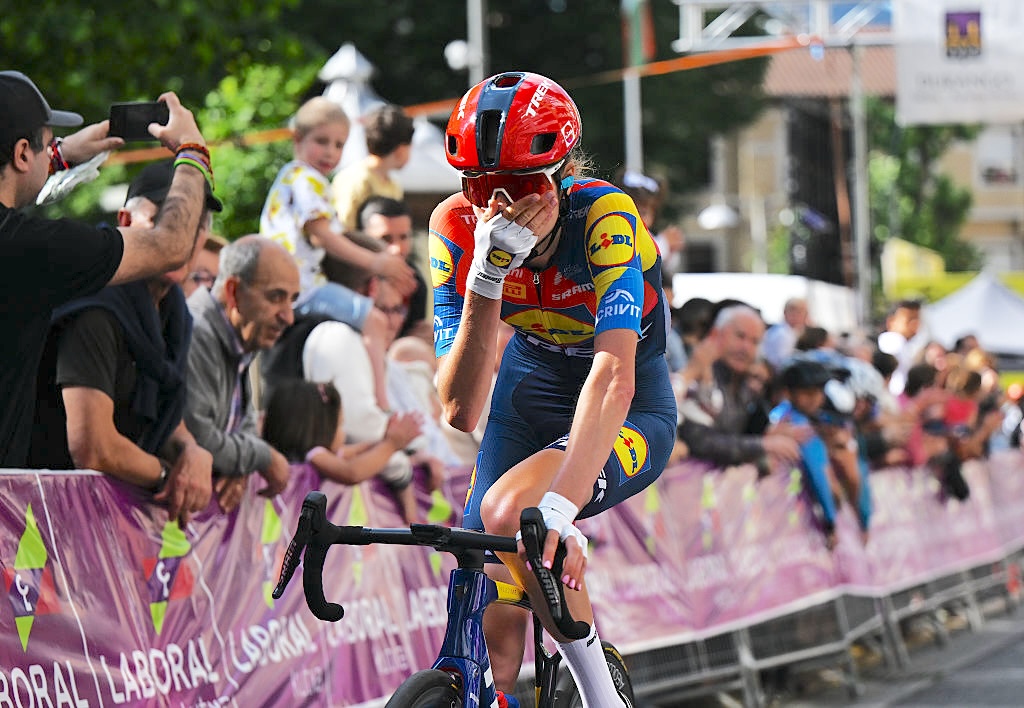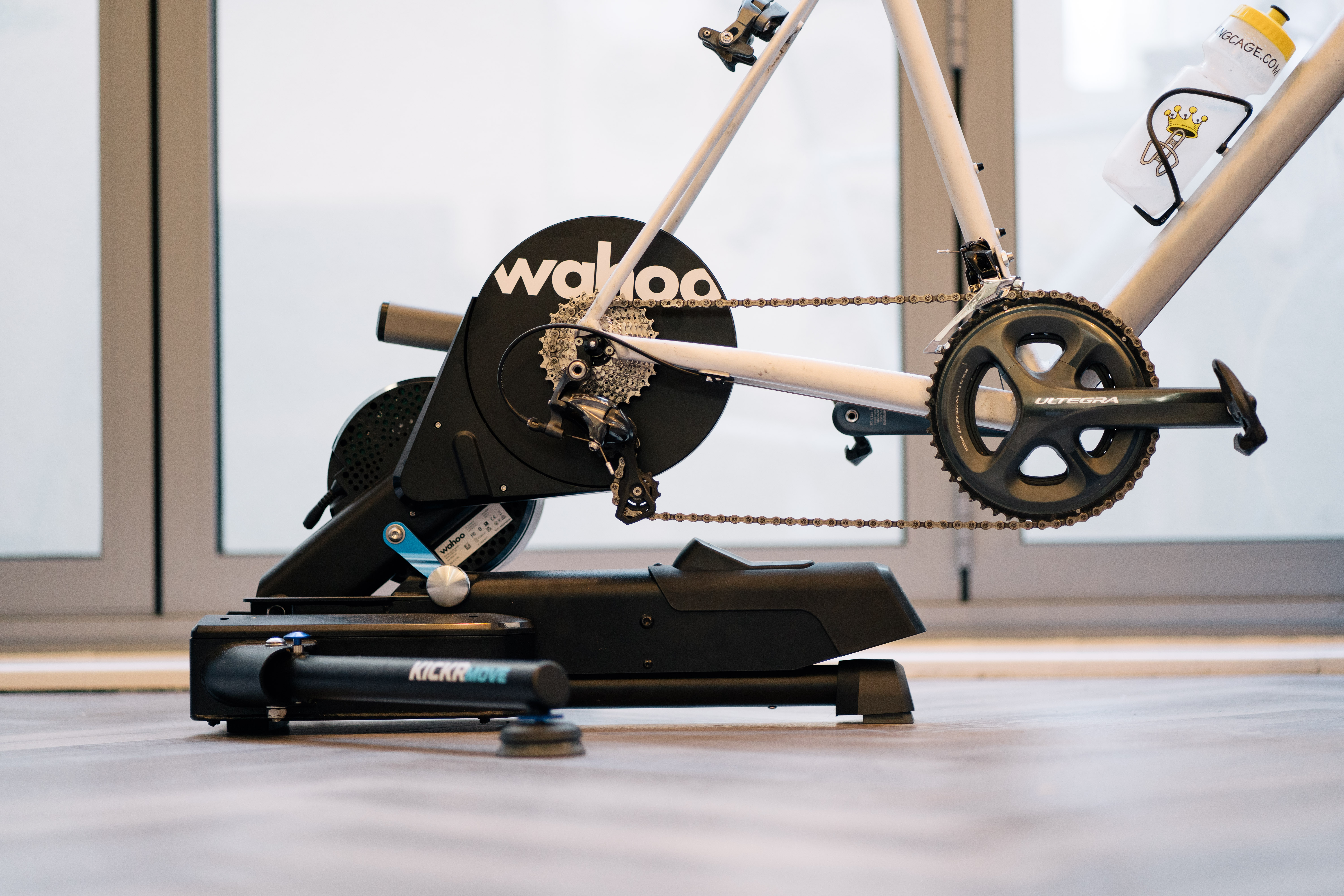

Let's face it, when dragging yourself to the turbo after a long day's work on a weeknight, the last thing many of us want is a puzzle. Time on the indoor smart trainer is often a chance for us to unwind, get a good suffer session in, or just focus on fitness ahead of the weekend. ERG mode is designed for exactly that.
Set up a session, start pedalling, and the trainer does the thinking in the background. Used well, it’s a brilliant assistant that frees up headspace and keeps training honest. Used blindly though, it can turn good intentions into a slog.
So we've put together a few pointers to help you get the most out of ERG mode - and some common misconceptions too.
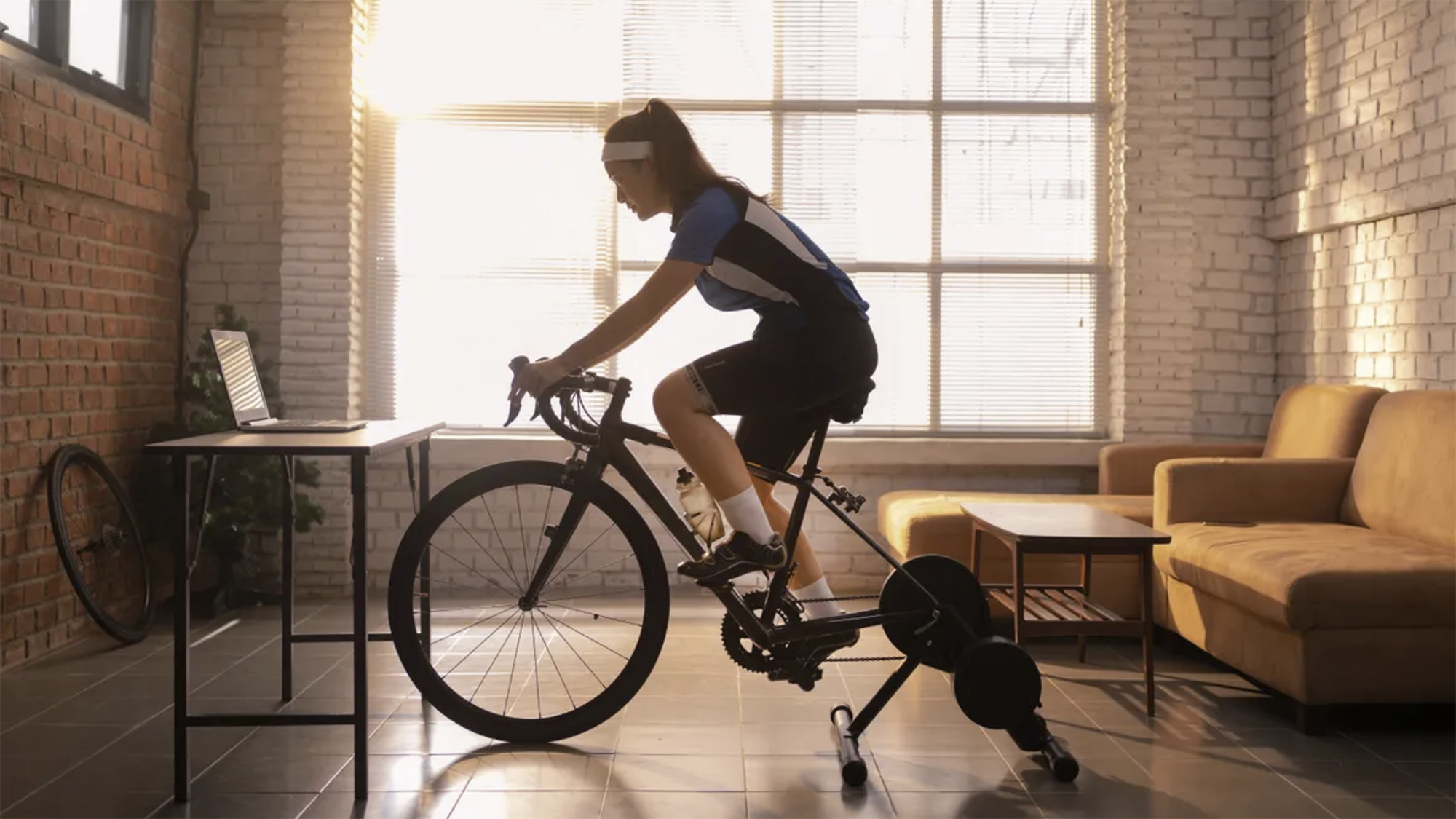
What is ERG mode?
First and foremost - what actually is ERG mode? For those who aren't in the know, ERG mode is essentially a function which keeps resistance to a determined power, regardless of cadence or gear choice. Whatever gear you choose, or however fast you spin your legs, the wattage will remain the same.
It's how interval workouts in Zwift and other platforms work relatively seamlessly, allowing you to stick in a single gear and let the trainer work out the rest.
ERG watches how fast you’re turning the pedals and nudges resistance up or down to hold a pre-set wattage. Spin faster and the trainer eases the load, slow down and it adds resistance. This only works when the software knows the target, which is why ERG mode tends to be associated with structured workouts rather than free-riding around a virtual map.
All sounds simple, right?
The latest race content, interviews, features, reviews and expert buying guides, direct to your inbox!
Why gearing still matters
The first common misconception around ERG mode seems rather counterintuitive - gearing still matters, or at least sort of.
While you absolutely can complete ERG mode training sessions in any gear and still technically ride at your specified wattage, your gear choice will still affect your indoor ride feel.
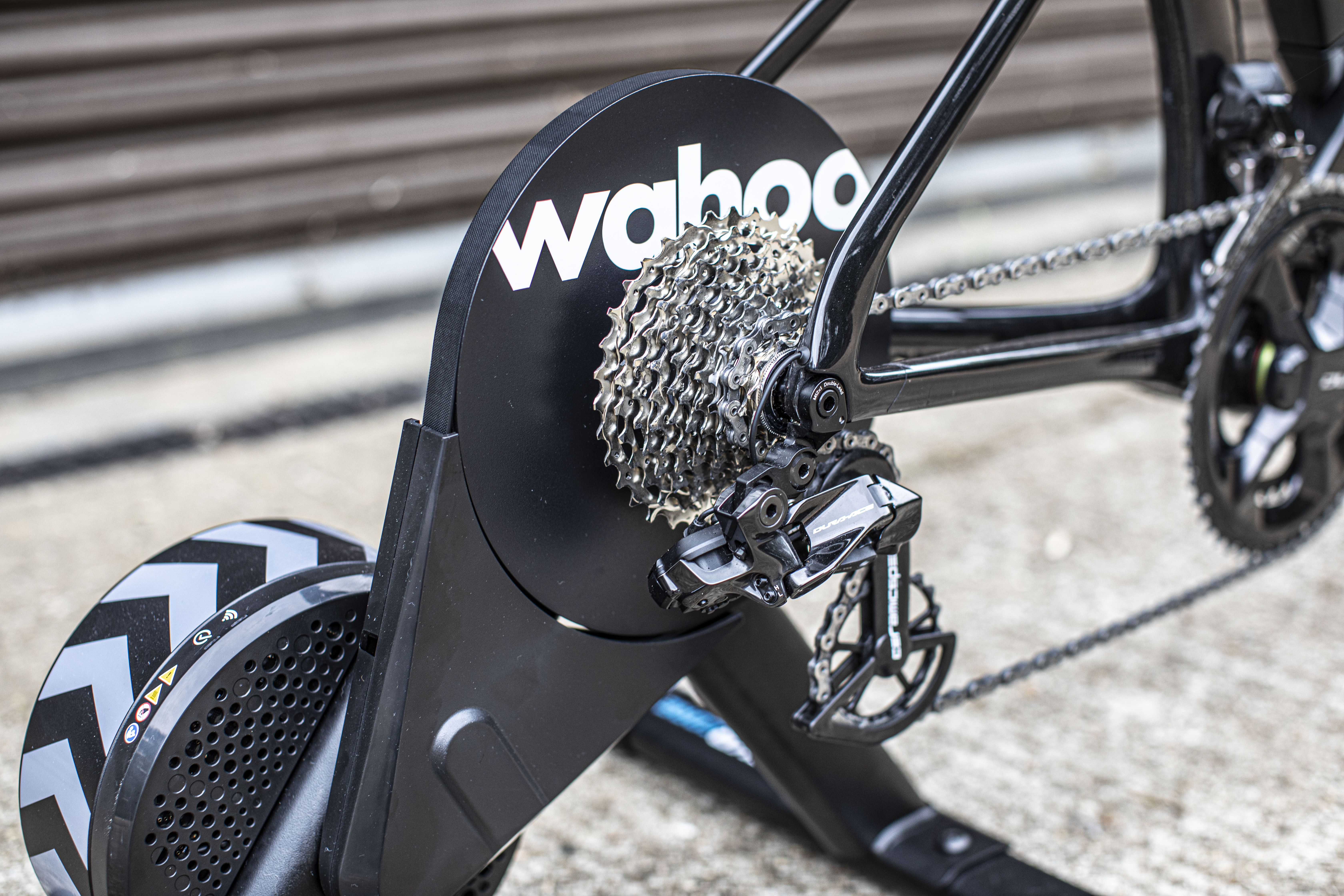
Riding in your big-ring with a harder-gear setup drives the flywheel faster, which smooths the pedal stroke and makes the effort feel more 'road-like.' For most efforts, this makes it easier to keep momentum and sit on a steady cadence, even if it can be a touch louder. In contrast, the small ring lowers flywheel speed and gives a grippier, more deliberate feel at the pedals. That can be useful for controlled torque work, but can leave you feeling like you are fighting a double digit gradient!
Cadence is your second lever worth paying attention to. For steady endurance and tempo, a mid 80s to mid 90s rpm range usually feels sustainable. If the session is harder, generally a slightly faster cadence will feel more efficient. Not just that, but it will help to keep the interval even too. If you are completing a more maximal effort, keeping a high gear and high cadence gives you a little more leeway when it comes to staying at your target power.
If you opt for a low gear for a hard effort, you might find the fluctuations in power from your legs ends up fighting your trainer - and can end up seeing you grind to a halt mid session.
Where ERG mode shines
ERG mode needs to be paired with supporting software to work properly, and as you might expect, it works best with platforms which offer the ability to ride structured workouts.
Zwift, Rouvy, MyWhoosh, and many other platforms all offer the ability to choose from existing workouts or build your own, and this is where ERG mode really comes to life.
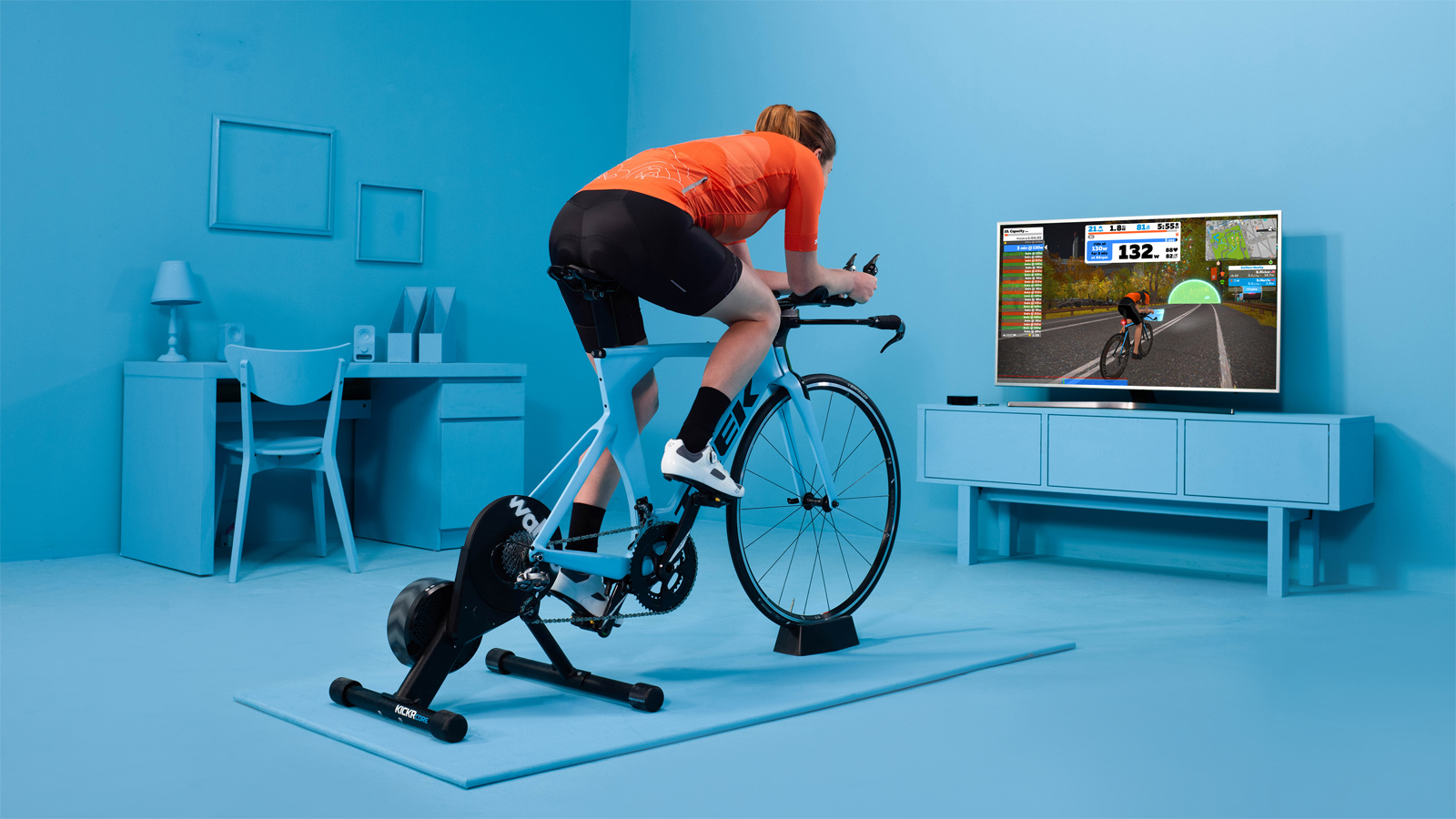
It excels at steady metabolic work. Endurance, tempo, threshold intervals, and especially over-unders where many riders either overcook the 'overs' or loaf through the 'unders.'
If, like me, you also struggle not to get overexcited on your rest days, ERG mode can actually be a very useful tool when it comes to keeping a lid on your easy days too. I personally find it far easier to set a trainer to 150 watts and pedal away while watching TV for example, rather than be interupted by the virtual undulations of todays indoor training platforms.
When to switch it off
ERG mode is a fantastic tool, but like any tool it's best used for the right job. So when is it best left on the sidelines?
Very short sprints and neuromuscular bursts benefit from the immediacy of level or resistance mode because ERG can be slow to respond and can smother peak torque.
The other main one is session warm-ups. Most ready-made sessions will tend to feature a 15 minute warm-up which is generally 'free-ride,' and there are a couple of reasons for this.
Firstly, warm-ups tend to be a little bit different for everyone, so a simple ramp effort, for example, tends to be a little bit too simplistic. As well as this, a 15 minute warmup tends to have at least a few seconds of very easy spinning to properly flush out the legs before starting your session - something which tends to be a faff to introduce through using ERG mode.
Grinding to a halt? Try this
We mentioned earlier about how using a smaller gear for a high powered effort can often leave you grinding to a hault mid session - but why does this happen, and how is the best way to fix it if it happens to you?
The general pattern is this. You get tired mid way through an interval, your cadence starts to drift down, so the trainer increases resistance further in an attempt to keep you at your target wattage, causing even more resistance... you get the idea.
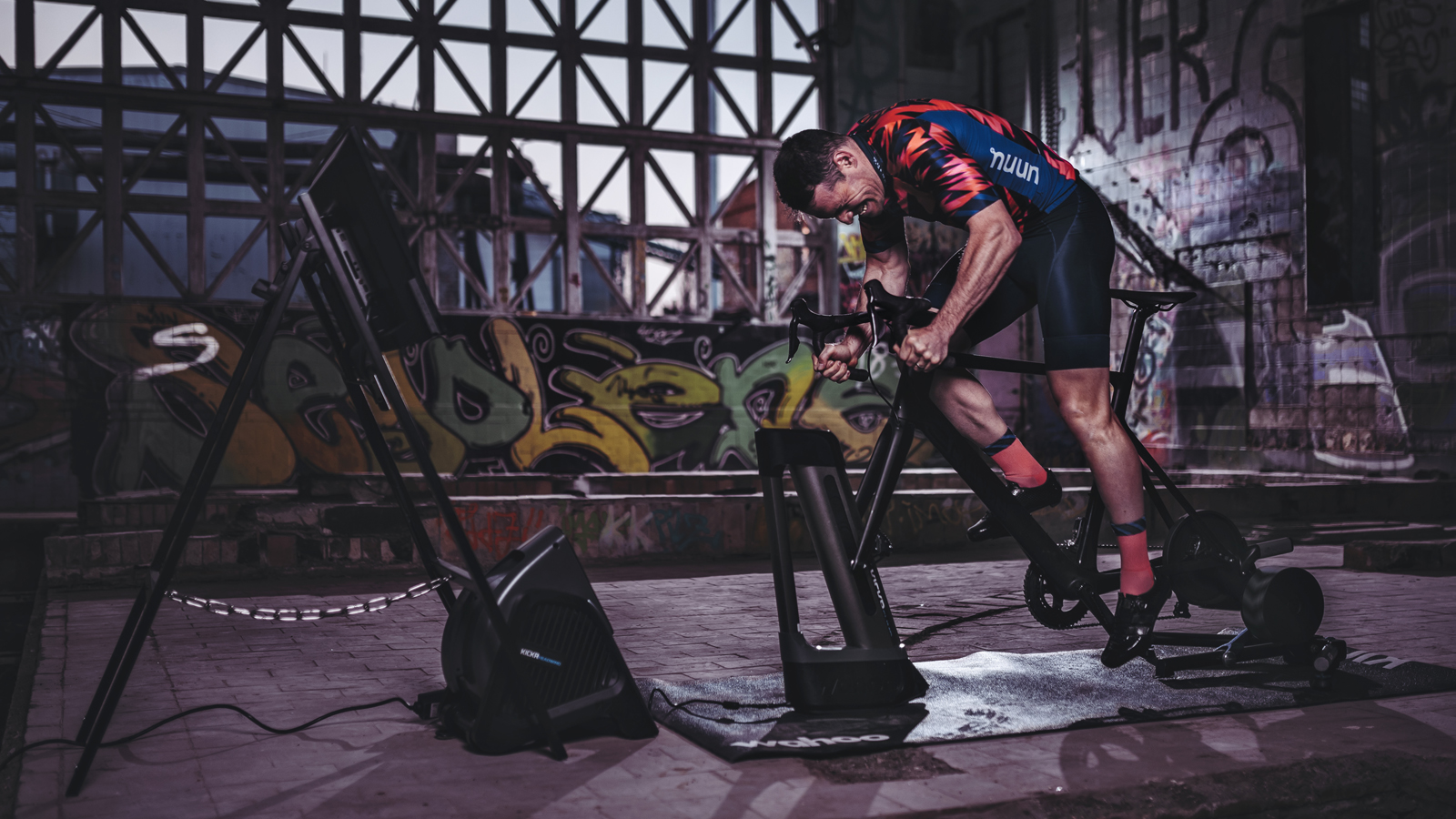
Preventing it is mostly about headroom and smoothness. Start each interval with a cadence that’s slightly higher than you expect to finish with so you have space to fade without dropping under your floor.
If you do get stuck, the best option is to use this simple fix. Take a moment to pause and recover, and then put in a small burst of power. This should be enough to trick ERG mode into easing off the resistance as you'll be over your target wattage, so you can return to a comfortable cadence and finish your effort.
Adjust your sessions day to day
The final pitfall when it comes to training with ERG mode is that your sessions will tend to be rather rigid when it comes to power.
If you were out on the road, for example, and your coach had set you 5x5 minute efforts at Z4 and you felt truly dreadful, you might ease these off by 10%. It's really important to bring the same philosophy indoors.
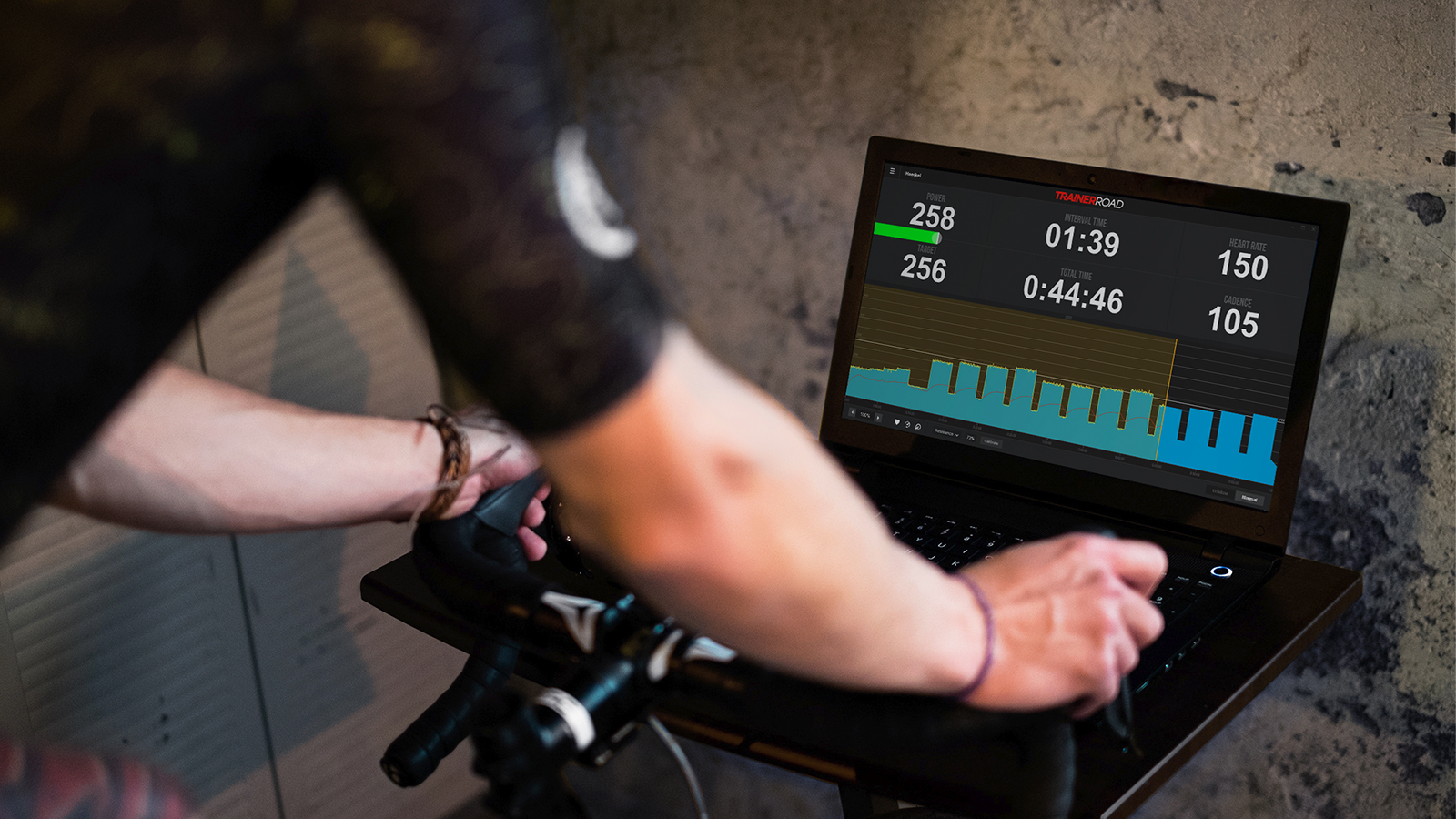
Most training sessions, particularly those pre built on platforms such as Zwift, tend to calculate efforts based on a percentage of your FTP. It's well worth dialling this in each session, in some cases after your warm up so that you know how you are feeling.
Often times, from a training perspective it's far better to complete the full session at a slightly lower intensity than to cave in half way through because you started off 10 watts too hot.
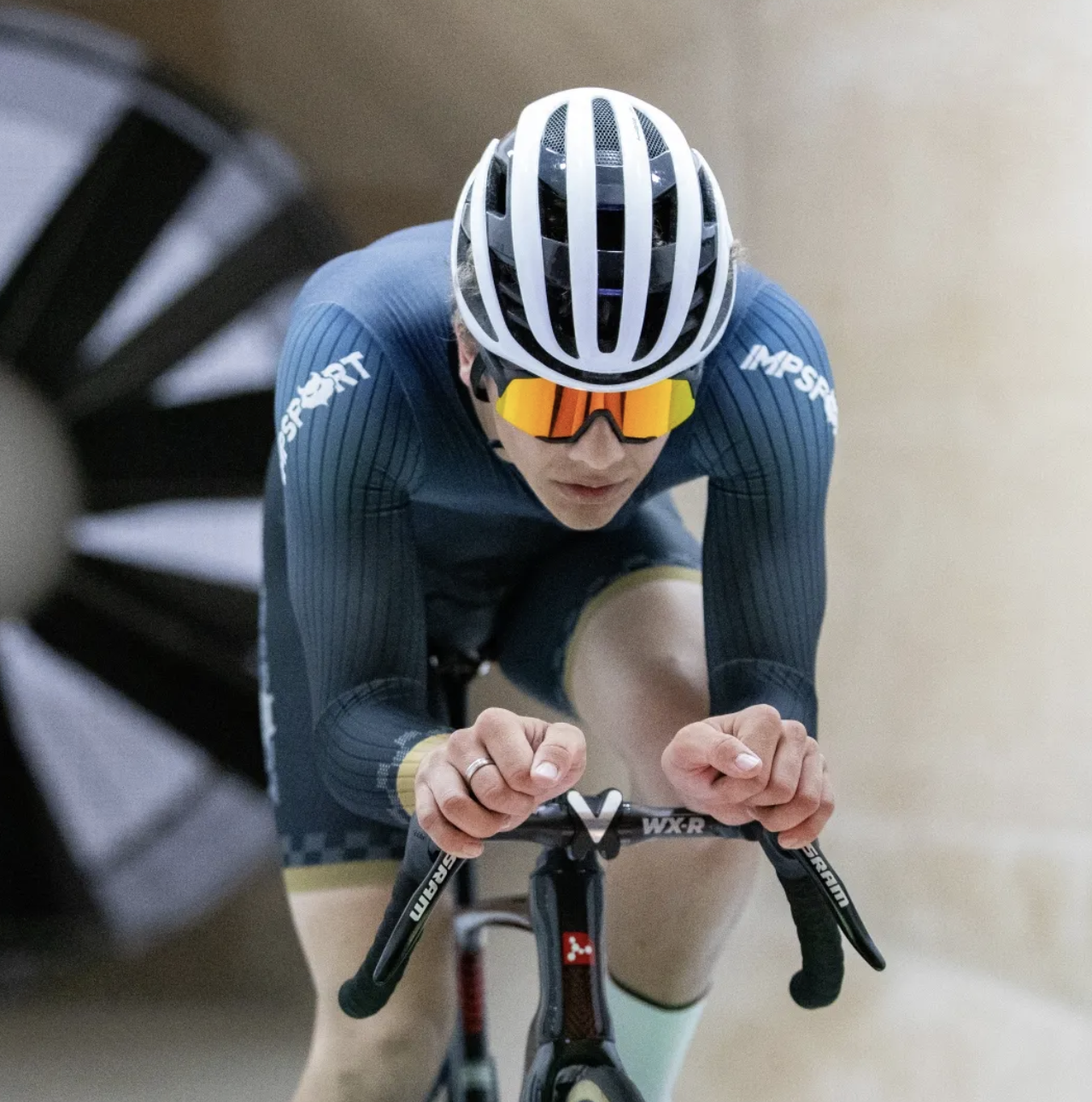
Joe is a former racer, having plied his trade in Italy, Spain and Belgium, before joining Cycling Weekly as a freelancer and latterly as a full time Tech Writer. He's fully clued up on race-ready kit, and is obsessive enough about bike setups to create his own machine upon which he won the Junior National Hill Climb title in 2018.
You must confirm your public display name before commenting
Please logout and then login again, you will then be prompted to enter your display name.
